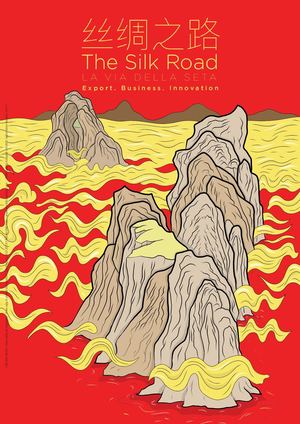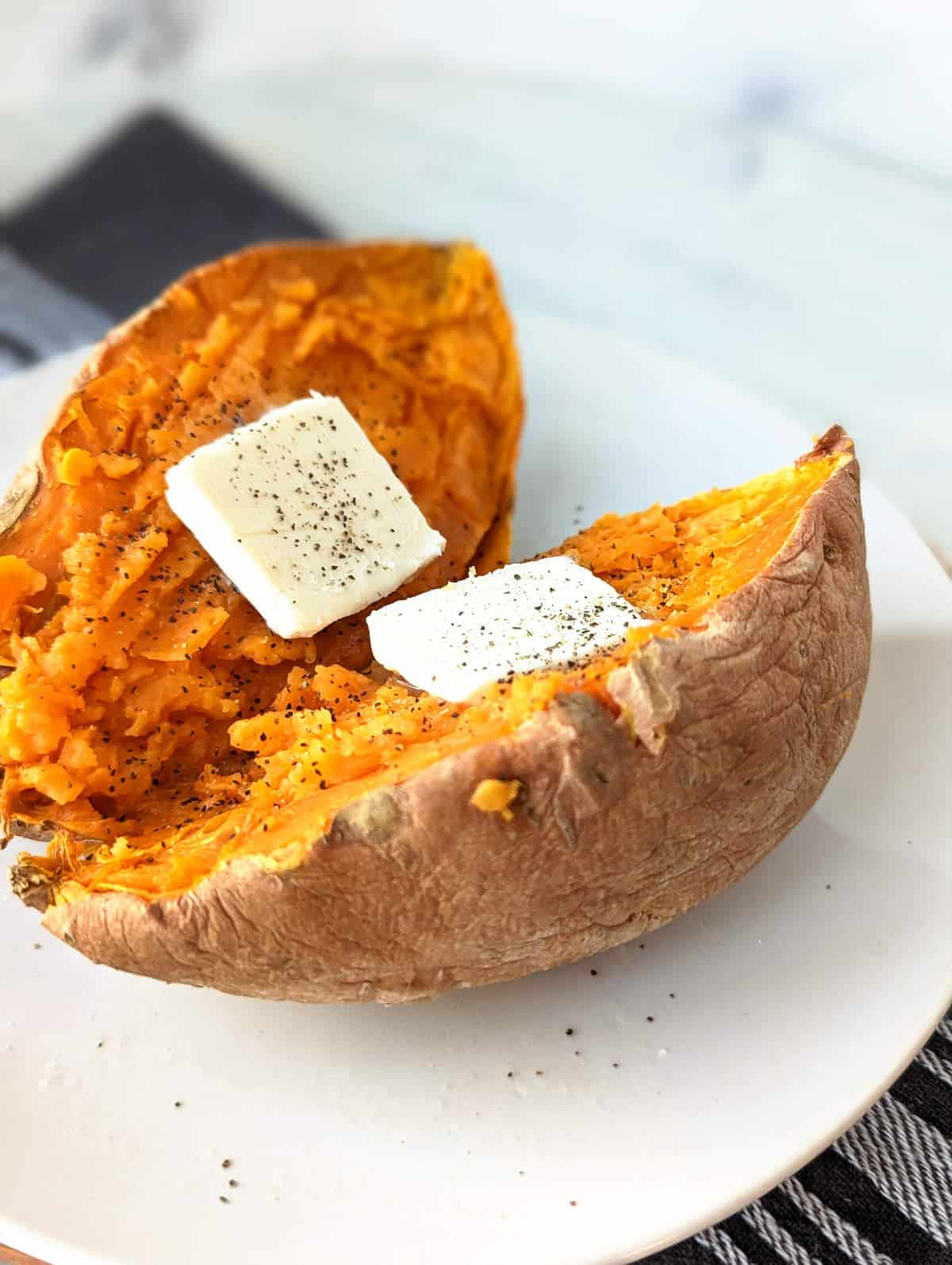
Mastering Watercolor Techniques for Stunning Art in 2025
Watercolor painting is a mesmerizing art form that combines fluidity and intricacy, allowing artists to create stunning visuals with the simplest of tools. For anyone looking to delve deeper into the world of watercolor, understanding various watercolor techniques is essential. These techniques not only enhance your artistic expression but also serve as a foundation for creating beautiful landscapes, portraits, and floral pieces. In this article, we'll explore key watercolor skills, from the basic materials needed to advanced techniques, ensuring that you are well-equipped to achieve breathtaking results in your artwork.
Watercolor painting offers numerous benefits that make it suitable for artists of all levels. It encourages creativity, enhances problem-solving skills, and fosters a deep connection with nature as many artists find inspiration in the environment around them. Here, we will provide an overview of essential watercolor techniques, tips for beginners, and insights into various styles and methods of mastering this captivating medium.
As we navigate through this guide, you will discover expert recommendations alongside practical exercises that encourage hands-on learning. By the end of this article, you'll have a rich understanding of watercolor artistry and the tools you need to embark on your creative journey. So, let’s dive into the world of watercolor!
Essential Supplies for Watercolor Painting
Before we explore the myriad of watercolor techniques, it's crucial to understand the supplies you’ll need. Choosing the right watercolor supplies significantly impacts your painting experience. Quality materials not only enhance the final outcome but also make the process more enjoyable.
Choosing the Right Watercolor Paper
Watercolor paper comes in various weights and textures, affecting how the paint interacts with the surface. It's essential to opt for acid-free, high-quality watercolor paper with a weight of at least 200 gsm to prevent warping. Cold-pressed paper yields textures that lend well to a variety of techniques, while hot-pressed paper provides a smooth surface ideal for fine detail and washes.
Understanding Watercolor Brushes
Selecting the appropriate brushes is also vital. Different brush sizes and shapes lend themselves to various watercolor techniques. Round brushes are great for detailed work and washes, while flat brushes are excellent for broad strokes and washes. A good watercolor brush holds water and pigment well, ensuring smooth application.
Watercolor Palettes and Mixing Techniques
A reliable watercolor palette makes color mixing an enjoyable task. Using a white porcelain plate or a disposable palette can offer an excellent surface to experiment with blending colors and developing your own hues. Mastering watercolor mixing techniques is crucial for creating depth and vibrancy in your artwork.
Building on these fundamentals, it’s time to explore essential watercolor techniques that will elevate your painting skills.
Mastering Watercolor Techniques for Beginners
Watercolor painting can seem intimidating, but watercolor techniques for beginners simplify the process and enhance creativity. It’s all about practice and experimentation!
Watercolor Washes Techniques
One of the fundamental watercolor techniques is the wash. A wash is a layer of diluted paint applied evenly over a large area, perfect for creating backgrounds or establishing mood. To achieve a smooth wash, wet your paper before application and use a large brush to cover expansive areas. Keep the paint consistent in dilution for an even layer.
Layering and Glazing
Layering is another essential technique in watercolor. It involves applying multiple transparent layers of paint to add depth and richness. Glazing creates a luminous effect where one layer shines through another, enriching the overall color. When layering, ensure the first layer is completely dry before applying the next to avoid muddying the colors.
Watercolor Blending and Effects
Blending is vital for transitioning colors smoothly in your artwork. By applying two wet colors side by side, they can merge organically, creating beautiful gradients. You can also experiment with watercolor effects techniques like splattering, salt application, and wet-on-wet techniques to add unique textures to your projects.
Exploring Advanced Watercolor Techniques
Once the foundational techniques are mastered, you can venture into more advanced methods. Understanding how to control water and pigment yields stunning results.
Understanding Watercolor Opacity and Transparency
Watercolor operates on the principle of transparency where colors build on top of one another. Mastering opacity and achieving the right balance between transparent and opaque layers can dramatically affect your composition. Darkening areas without overloading pigment is key; use glazing techniques instead.
Creating Depth in Watercolor Landscapes
For those looking to paint landscapes, understanding linear perspective and atmospheric perspective is fundamental. Using lighter colors for distant elements and deeper hues for objects in the foreground can create the illusion of depth, enhancing your watercolor scenes significantly.
Watercolor Portrait Painting Techniques
When painting portraits, focus on layering skin tones and understanding light and shadow. Using a smaller brush, build skin tones with mixes of browns, reds, and yellows, allowing each layer to dry before adding details, like eyes and hair. This method provides a realistic and lifelike appearance.
Practical Exercises for Mastery
To truly master watercolor techniques, practice is essential. Incorporate exercises that challenge your creativity and hone your skills.
Daily Painting Practices
Dedicate time daily to watercolor practice, focusing on one technique at a time. Whether it’s creating textures or mastering color mixing, consistency will reinforce your skills.
Experimenting with Mixed Media
Integrating mixed media, such as ink or pastels, can enhance your watercolor projects. Explore how these mediums interact with paint to create compelling narratives within your artwork.
Joining Workshops and Online Tutorials
Participating in watercolor workshops or online tutorials can offer fresh insights and techniques. Engaging with the watercolor community fosters growth and provides access to a wealth of knowledge and experience.
Common Mistakes and How to Fix Them
Identifying common mistakes is crucial for improvement. Addressing issues early can save time and frustration during the creation process.
Fixing Watercolor Mistakes
Mistakes can be fixed, especially when using high-quality materials. If you over-saturate with color, lift the paint gently with a damp brush or paper towel. Understand your materials and learn the limitations they may impose.
Watercolor Composition Techniques
Composition is the foundation of a visually appealing artwork. Focus on the arrangement of objects and balance in the scene. Use guidelines like the rule of thirds to create dynamic compositions that draw the viewer's eye.
Staying Motivated and Inspired
Maintaining motivation can be challenging. Consider setting up a watercolor sketchbook filled with your ideas, inspirations, and progress. Surrounding yourself with like-minded artists can elevate your enthusiasm and ideas.
Q&A on Watercolor Techniques
What are the best watercolor supplies for beginners?
Optimal watercolor supplies include high-quality watercolor paints, brushes (preferably round and flat), and watercolor paper. Brands like Winsor & Newton and Daniel Smith are recommended for beginners.
How can I create better blends in watercolor?
To achieve better blends, work quickly while the paint is wet or use the wet-on-wet technique. This allows colors to diffuse beautifully into each other, enhancing your art.
What is the best way to practice watercolor techniques?
Consistent practice is key. Set aside time for daily painting sessions focusing on different techniques. Engaging in watercolor workshops can provide additional insight and camaraderie.
How do I avoid muddy colors?
To prevent muddying colors, allow each layer of paint to dry before adding new layers. Use clean brushes and palettes when mixing colors, ensuring vibrant results.
Can I fix mistakes in my watercolor paintings?
Yes, many mistakes can be corrected in watercolor. Techniques like lifting paint with a damp brush or using opaque white paint for touch-ups can salvage your artwork.
With these guidelines and techniques, you'll be well on your way to mastering watercolor painting and creating stunning art pieces that reflect your creativity. For more tips and guides, check out our additional resources and workshops available.

Embrace your journey into the captivating world of watercolor painting. With passion and persistence, your techniques will flourish, enabling you to express your artistic vision beautifully.

Ultimately, mastering watercolor techniques opens up a world of creative possibilities. Whether you are painting landscapes, portraits, or experimenting with abstract styles, let the fluidity of the medium guide your artistic journey.